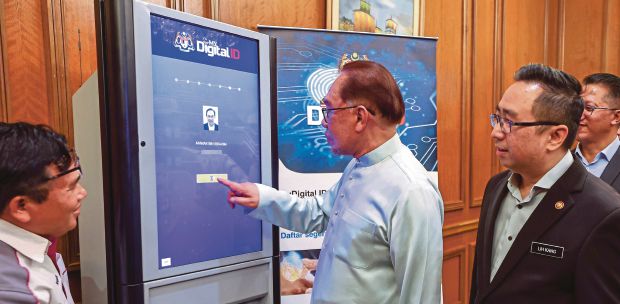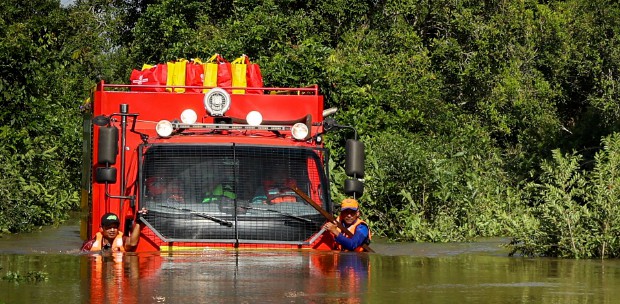WHEN the Movement Control Order started last year, a survey by the Statistics Department showed that 46.6 per cent of the self-employed lost their jobs.
Only five per cent had enough savings to last them for at least three months. They may not have the ability to commit to annual premiums or sufficient credit ratings to get loans.
Their last resort will be to borrow from family and friends to cover the monthly rental, utilities and overhead-related expenses.
They may also be forced to continue working despite being sick as they are not entitled to any sickness benefit.
Being self-employed is a vulnerable type of employment.
According to the department, there are four types of employment statuses: employees or those who work for others for pay; self-employed; unpaid family workers or working in a family business without pay; and, employers who operate businesses with at least a worker.
Up to the second quarter of this year, the self-employed are the second largest group in the workforce.
Out of 15.21 million working adults, 17.2 per cent or 2.61 million are self-employed.
E-hailing drivers and delivery riders, freelancers and food stall owners are considered self-employed individuals and tend to have irregular work hours, including working at night or weekends.
Micro and small brick-and-mortar businesses, in particular, are more vulnerable to economic shocks as they do not have a strong cash flow.
E-hailing drivers, delivery riders and food stall owners feel the pinch of the Covid-19 pandemic even more as movement restrictions constrained their ability to go out and earn daily wages.
Even though the government has introduced stimulus packages, employment retention measures tend to be less effective due to a significant proportion of self-employed in the country.
The stimulus packages that cater for self-employed workers are a one-off payment for full-time e-hailing drivers and taxi drivers aside from the micro-credit for own-operators of businesses.
The one-off assistance covers only a particular group of self-employed, while the micro-credit initiative is not a direct form of financial assistance but more towards reducing operational costs.
Moreover, the design of the social security and insurance scheme provides protection only for traditional employees who are in the Social Security Organisation's (Socso) and Employees Provident Fund's database.
The Self-Employment Social Security Scheme programme remains undersubscribed among self-employed individuals.
Aside from the Self-Employment Insurance System, i-Lestari is also not applicable to the self-employed.
As the verification to determine the eligibility for Bantuan Sara Hidup (BSH) is purely based on the Inland Revenue Board's data, again, it does not involve the self-employed.
As a result, the only support for the self-employed would be the one-off cash payment from the Bantuan Prihatin Nasional and the annual BSH.
If the self-employed do not register their businesses, they are also not qualified to receive financial assistance for small- and medium-scale enterprises.
Therefore, EMIR Research has the following policy recommendations for the government to consider:
ADDRESS gaps for the self-employed in social security and insurance programmes.
The government can extend the benefits of employment retention and wage subsidy programmes, utility bill discounts and special tax deductions for rental reductions among the self-employed;
CONSIDER monthly assistance to increase the resilience of the labour force in addressing future economic shocks;
ENHANCE labour market statistics landscape to be more comprehensive to produce quality data analysis for Malaysia to design people-centric public policies, especially the self-employed;
DELIVER holistic assessments on social security and insurance programmes with different government agencies (Socso and EPF), improve social welfare among the self-employed while ensuring all self-employed are protected during retirement;
ELIMINATE bureaucratic processes and delays that prevent the self-employed from accessing the benefits they urgently require; and,
AMEND the Self-Employment Social Security Act 2017 (Act 789) and Employment Insurance System Act 2017 (Act 800) to protect the self-employed during incidences, such as work-related injuries, diseases or loss of employment.
The time has come for the government to establish a social protection floor for the self-employed during this crisis.
The writer is a research analyst at EMIR Research, an independent think tank focused on strategic policy recommendations based on rigorous research





